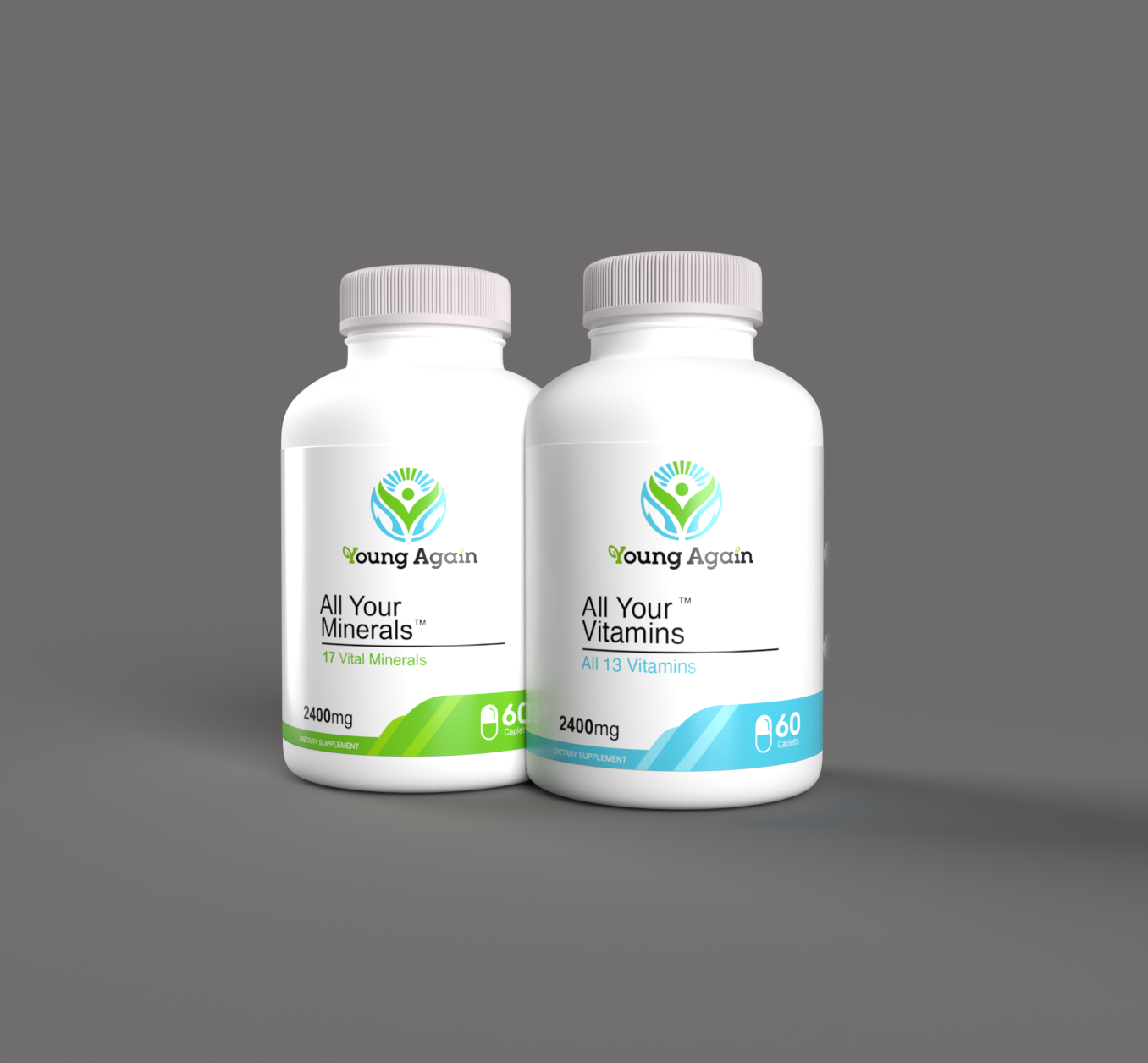
Heart Failure & Other Cardiovascular Conditions — When the Heart Can’t Keep Up
Share
You may be doing everything “right”—and yet still feel like your heart can’t quite keep up. Fatigue, swelling, shortness of breath, even dizziness. These are more than signs of aging. They may be signs that your heart is working harder than it should.
This blog explores what happens when the heart loses strength or rhythm—conditions like heart failure, arrhythmias, and valve disease—and how to recognize early warning signs, manage them, and improve quality of life through both medical and lifestyle support.
“A tired heart isn’t a failing heart. It’s a heart asking for support, not surrender.”
What Is Heart Failure?
Despite its name, heart failure doesn’t mean the heart has stopped. It means the heart isn’t pumping as effectively as it should. Blood and oxygen don’t circulate as well, leading to a backup of fluid, fatigue, and shortness of breath.
There are two main types:
- Heart Failure with Reduced Ejection Fraction (HFrEF): The heart muscle is weakened and can’t pump hard enough.
- Heart Failure with Preserved Ejection Fraction (HFpEF): The heart muscle is stiff and doesn’t fill properly, often in older adults with high blood pressure.
Both types are common in people over 65, especially those with a history of hypertension, diabetes, or previous heart attacks.
Other Cardiovascular Conditions to Know
- Atrial Fibrillation (AFib): An irregular heartbeat that can cause fatigue, dizziness, and increased stroke risk. Common in adults 65+.
- Valvular Heart Disease: When valves become stiff or leaky (often with age), it can strain the heart and limit blood flow.
- Peripheral Artery Disease (PAD): Narrowed arteries reduce blood flow to the legs, causing pain or weakness when walking.
- Ischemic Heart Disease: Also known as coronary artery disease. Caused by plaque buildup and reduced oxygen supply to the heart muscle.
These conditions often overlap and may progress silently before symptoms become obvious. The sooner you understand what’s happening, the sooner you can act.
Early Symptoms to Watch For
These signs may indicate your heart is under strain—even before a formal diagnosis:
- Shortness of breath with light activity or when lying down
- Fatigue that doesn’t improve with rest
- Swelling in the feet, ankles, legs, or abdomen
- Sudden weight gain (2–3 pounds in a day, or 5+ in a week)
- Persistent cough or wheezing, especially at night
- Dizziness, lightheadedness, or fainting
- Rapid or irregular heartbeat
These symptoms can be subtle. Many older adults assume they’re just “slowing down.” But if you notice any of the above—especially in combination—it’s time to talk with your provider.
What You Can Do Right Now
- Track symptoms daily: Keep a log of weight, swelling, energy levels, and shortness of breath. Small changes can be early warning signs.
- Monitor your blood pressure: High BP contributes directly to heart failure and arrhythmias. Know your numbers and aim for consistency.
- Lower sodium intake: Excess salt causes fluid retention and makes heart failure worse. Aim for under 1500–2000 mg per day.
- Move gently but regularly: Walking, stretching, or light water aerobics help circulation and reduce fluid buildup. Always pace yourself.
- Take medications exactly as prescribed: Diuretics, beta-blockers, and other drugs are essential for symptom control and survival.
- Limit alcohol and quit smoking: Both put stress on the heart and interfere with medications.
- Sleep with your upper body slightly elevated: This can reduce nighttime breathing issues and fluid accumulation.
Nutrition Tips for a Struggling Heart
- Focus on potassium-rich foods: Like leafy greens, sweet potatoes, and bananas (unless on potassium-sparing meds—check with your doctor).
- Choose whole, low-sodium options: Avoid canned soups, processed meats, frozen dinners, and restaurant food when possible.
- Stay well-hydrated—within limits: Some people with heart failure need to limit fluids. Follow your provider’s guidance.
- Consider magnesium and CoQ10 (with approval): These support energy metabolism and may help reduce cramping or fatigue.
What to Expect with the Right Support
While heart failure and other cardiac conditions are serious, they’re also manageable. With the right care plan, many people live full, active lives. Here’s what’s realistic:
- 1–2 weeks: Reduced swelling and improved breathing with medication and sodium reduction.
- 4–6 weeks: Better energy, more confidence with activity, and improved sleep.
- 3–6 months: Stabilized heart function, fewer ER visits, and clearer understanding of your triggers and needs.
- Long-term: Slowed disease progression, fewer complications, and better quality of life.
The Takeaway
If your heart feels like it’s falling behind, don’t wait for a crisis. You deserve proactive care—not just emergency reaction.
“You are not fragile. You are in progress. And your heart is still capable of strength.”
Get curious. Get checked. Get support. Because a slower heartbeat doesn’t mean the story is over—it means there’s more life to live, one empowered step at a time.
References
- American Heart Association. (2023). Understanding Heart Failure. https://www.heart.org
- Yancy, C. W., et al. (2022). 2022 AHA/ACC Heart Failure Guidelines. Journal of the American College of Cardiology, 79(17), e263–e421.
- Lam, C. S. P., et al. (2023). HFpEF in older adults: Pathophysiology and management. Circulation Research, 133(4), 365–379.
- Tsao, C. W., et al. (2022). Atrial Fibrillation in Aging Adults. Journal of Geriatric Cardiology, 19(1), 9–17.
- National Heart, Lung, and Blood Institute. (2023). Managing Heart Failure. https://www.nhlbi.nih.gov

